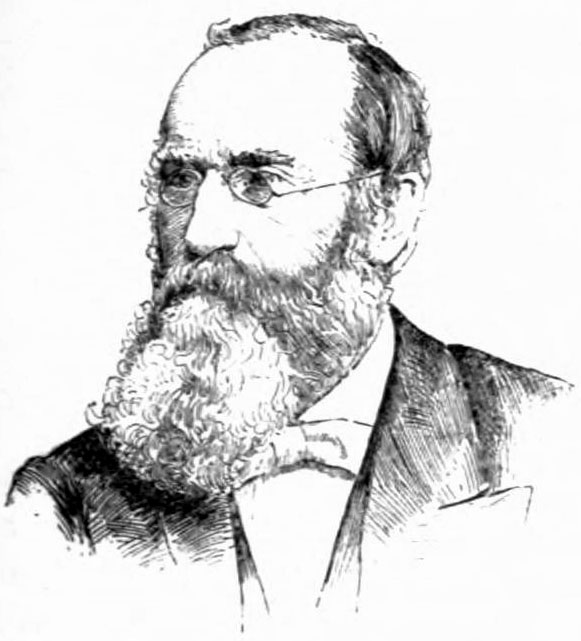When error is admitted into the Church, it will be found that the
stages of its progress are always three. It begins with toleration. Its
friends say to the majority: You need not be afraid of us; we are few,
and weak; only let us alone; we shall not disturb the faith of others.
The Church has her standards of
doctrine; of course we shall never interfere with them; we only ask for
ourselves to be spared interference with our private opinions. Indulged
in this for a time, error goes on to assert equal rights. Truth and
error are two balancing forces. The Church shall do nothing which looks
like deciding between them; that would be partiality. It is bigotry to
assert any superior right for the truth. We agree to differ, and
favoring of the truth, because it is truth is partisanship. What the
friends of truth and error hold in common is fundamental. Anything on
which they differ is ipso facto non-essential. Anybody who
makes account of such a thing is a disturber of the peace of the church.
Truth and error are two co-ordinate powers, and the great secret of
church-statesmanship is to preserve the balance between them. From this
point of view error soon goes on to to its natural end, which is to
assert supremacy. Truth started with tolerating; it comes to be merely
tolerated, and that only for a time. Error claims a preference for its
judgments on all disputed points. It puts men into positions, not as at
first in spite of their departures from the Church’s faith but in
consequence of it. Their recommendation is that they repudiate the
faith, and position is given them to teach others to repudiate it, and
making them skillful in combating it.
Charles Porterfield Krauth, The Conservative Reformation and Its Theology, pages 195-196
_________________________________
Charles Porterfield Krauth was born in a Lutheran parsonage in Martinsburg, Virginia (now West Virginia), on March 17, 1823. From his father he learned to value the voices of the Lutheran Orthodox fathers, specifically Martin Chemnitz. Krauth became the leader of a growing confessional movement in the General Synod during the 1850s and early 1860s. He established contacts with pastors in Confessional Lutheran synods that had never been a part of the General Synod (i. e. the Tennessee and Missouri Synods) through Free Conferences instigated by C. F. W Walther. Conflicts with Samuel Simon Schmucker, Krauth eventually led to a split in the General Synod by 1866. Five years later he published his greatest work, The Conservative Reformation and Its Theology. Tragically, Krauth and the Lutheran Church Missouri Synod were not able to bridge their differences. Krauth worked for the adoption of the Galesburg Rule (Lutheran altars for Lutheran communicants and Lutheran pulpits for Lutheran preachers). He died in the prime of his life and influence at age 59 and the movement he began began to waver even as the Confession Lutheran Synods began to realize the voice and value of Krauth as a modern day Chemnitz within American Lutheranism.
Not surprisingly, Krauth is a largely forgotten voice in the successor churches to the General Council but he is revered within the more confessional bodies who have found his voice even more profound and his words more prescient as Lutheranism continues to try to maintain its true identity in the face of the great temptation of the prevailing theologies and identities of our age (evangelicalism and mainline protestantism).

1 comment:
Within the context of the Krauth quote and your own comment you, hit on the problem with Lutherans, especially those who know they are "right". As you stated, Krauth and the LCMS were never able to get beyond Krauth's support for the very reasonable Galesburg Rule.
A potentially very fruitful opportunity for fellowship and growth of the Synod was never realized because Krauth's definition of truth and the LCMS's definition of truth were not exactly the same.
Without a doubt, this has repeated itself throughout our history in small and large ways.
Post a Comment